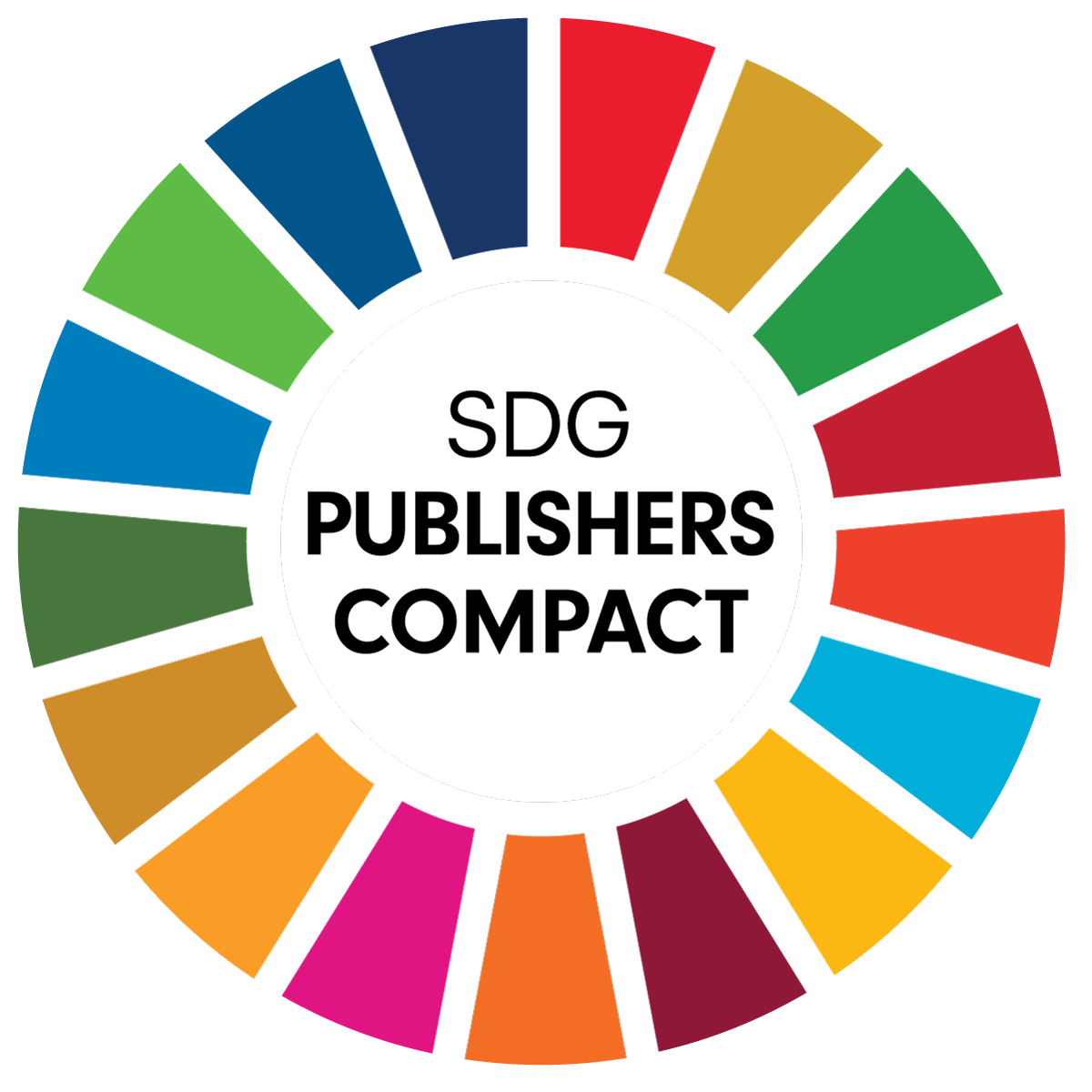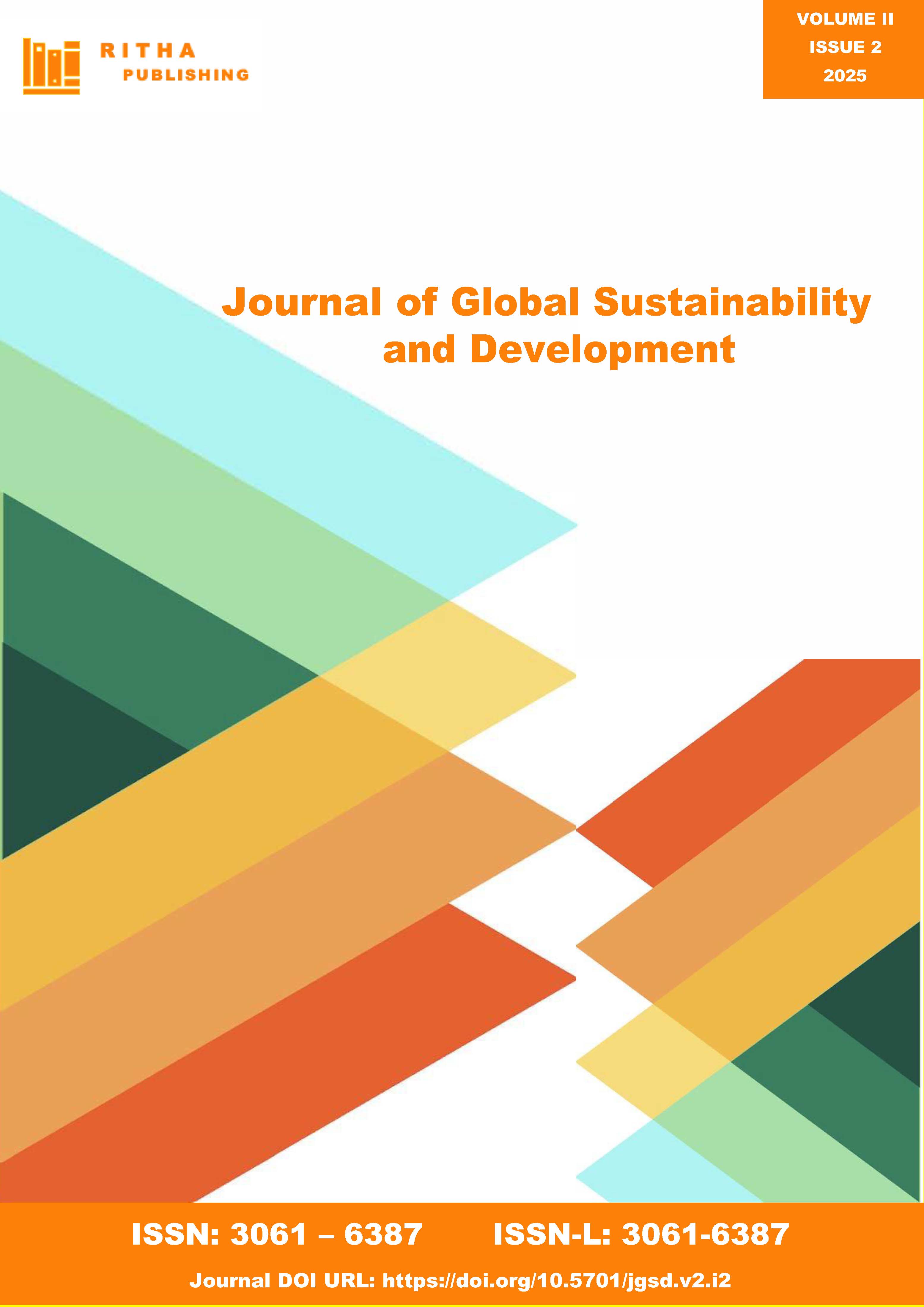Volume II, Issue 2, 2025
-
This paper explores the impact of geopolitical fragmentation on developing countries amid rising tensions between major powers like the USA, Russia, and China. It examines how these dynamics compel developing nations to make difficult decisions regarding economic survival, sovereignty, and growth. The analysis focuses on the economic, political, security, and environmental consequences of this fragmentation, using examples such as sanctions and trade wars. The study also assesses the role of the USA and its allies in shaping global governance, highlighting the challenges brought by the increasing influence of emerging powers like China and India. It argues for the need to reform institutions such as the IMF to better reflect the complexities of this fractured global landscape. At the same time, the paper emphasises the potential of regional institutions to address these challenges and foster cooperative development. Ultimately, the paper underscores the importance of navigating these shifts to ensure sustainable development in a divided geopolitical environment.
© The Author(s) 2025. Published by RITHA Publishing under the CC-BY 4.0. license, allowing unrestricted distribution in any medium, provided the original work, author attribution, title, journal citation, and DOI are properly cited.
-
This paper examines the essential role of migration and remittances in development across sub-Saharan Africa, with a particular focus on Côte d’Ivoire. It demonstrates that these financial flows help alleviate poverty and stabilise the economy in the short term while fostering long-term development through investments in human capital, entrepreneurship, and social protection. However, several challenges persist: excessive reliance on remittances may hinder local productivity, weaken exports, and increase import dependency. The paper recommends policies aimed at economic diversification, enhanced financial inclusion, reduced transfer costs, and better-coordinated migration policies to maximise the developmental benefits of remittances.
© The Author(s) 2025. Published by RITHA Publishing under the CC-BY 4.0. license, allowing unrestricted distribution in any medium, provided the original work, author attribution, title, journal citation, and DOI are properly cited.
-
Everyone eagerly awaits November 4, 2024, when the European Commission is expected to definitively increase tariffs on Chinese electric vehicles if negotiations with China yield no results. This decision is more closely related to the U.S. elections than any other reason. Indeed, the rise of Kamala Harris and the continuation of Biden's anti-China policies may push the European Union to take this measure, which could trigger a trade war between the Western bloc, led by the United States, and the Eastern bloc, led by China. On the other hand, if Trump returns to the White House, his protectionist policies, which do not distinguish between enemies and allies, could drive the European Union closer to China (Belt and Road Initiative), leaving the United States almost alone against the Eastern bloc strengthened by the European Union's adhesion. This article aims to analyse these two scenarios to understand their respective impacts on the economies in conflict by using a dynamic multi-regional computable general equilibrium model based on the PEP w-t celebrated with the GTAP 11 database and the updated CEPII 2022 scenario.
The simulation results of the first scenario reveal an almost absolute superiority of the Eastern bloc, particularly in the automotive sector (the declared cause of the conflict). Indeed, this sector in China experienced a growth of +19.99% compared to the baseline scenario. At the same time, the West, particularly the European Union, saw a contraction in this industry of -15.56% compared to the base scenario. Regarding the implicit objective of this conflict, namely 'slowing down China's economic rise', the results indicate that it fails, as the Chinese economy is expected to surpass that of the United States by 2030.
© The Author(s) 2025. Published by RITHA Publishing under the CC-BY 4.0. license, allowing unrestricted distribution in any medium, provided the original work, author attribution, title, journal citation, and DOI are properly cited.
-
Iterative Impacts of Climate and Tourism: Policy, Practice, and Pathways for Sustainable Development
Tourism is both a contributor to and a casualty of climate change. This paper explores the bidirectional relationship between climate systems and tourism industries, offering an interdisciplinary review of their dynamic interactions. It analyses how climate change alters tourism destinations - such as mountain, coastal, and heritage sites - while tourism, in turn, significantly contributes to environmental degradation through carbon emissions, infrastructure development, and consumption patterns. Drawing on global examples, the paper examines the vulnerabilities of small island economies, alpine regions, and coastal heritage sites, providing empirical support for climate-related risks in the tourism sector.
The paper also discusses sustainable policy and adaptation strategies including green aviation fuels, eco-tourism practices, smart technologies, and sustainable infrastructure. Framing tourism within the Sustainable Development Goals (SDGs), the paper emphasizes the need for multi-stakeholder governance, climate risk disclosure, and regional adaptation measures. It concludes by proposing policy directions and future research priorities aimed at aligning tourism growth with global climate commitments under the Paris Agreement.
This study contributes to sustainability science by integrating climate resilience and tourism management into a coherent development narrative, offering actionable insights for researchers, policymakers, and practitioners seeking to enhance sustainability in tourism-dependent economies.
© The Author(s) 2025. Published by RITHA Publishing under the CC-BY 4.0. license, allowing unrestricted distribution in any medium, provided the original work, author attribution, title, journal citation, and DOI are properly cited.
-
Remarkably, Africa countries have enjoyed relatively strong economic growth for the past years (decade) mainly because of impressive global demand for primary commodities. Unfortunately, Africa’s economic growth had failed to generate many good jobs and thus postponing the benefits of the demographic divided of a large working-age population. Consequently, digital (online) gig work is rapidly increasing new form of work that poses tough challenges and trade-offs for African governments. Essentially, these gig jobs could be a stepping stone to better-quality jobs for young or low-skilled workers by way of assisting them to learn critical digital skills that closes the digital divide. However, gig workers are not usually protected by labour regulations against unfair practices or abuse or injuries at work.
Therefore, this paper argues that given the low levels of implementation of labour laws in African countries, future polices should consider various stakeholders in the gig ecosystem (from both supply and demand sides) as well as digital platforms operation. In other words, as several continents have made the transition to technology-enabled platforms for services; Africa should not be left out of the digital boom for the sake of prosperity and sustainable development.
© The Author(s) 2025. Published by RITHA Publishing under the CC-BY 4.0. license, allowing unrestricted distribution in any medium, provided the original work, author attribution, title, journal citation, and DOI are properly cited.
-
Identifying the optimal population size at which cities maximize economic benefits while minimizing congestion and pollution is a challenge. This research explores the optimal city size by examining the relationship between population and economic performance, measured by city GDP. Using data from OECD regions for about 562 cities, the analysis employs a quadratic regression model to test an inverse U-shaped relationship between city population and GDP in 2020. The empirical results show that cities initially experience economic growth as populations increase. However, after a certain point (8.85 million), the benefits diminish due to congestion and pollution in the short run. However, the optimum city population size may increase to 15.2 million in the long run. The study concludes that an optimal city size exists, balancing the advantages of agglomeration with the costs of urban expansion. Additionally, population density, territorial fragmentation, working-age population, and built-up area positively affect city GDP, whereas air pollution negatively impacts it. Finally, several policies are recommended for sustainable urban development and efficient resource allocation.
© The Author(s) 2025. Published by RITHA Publishing under the CC-BY 4.0. license, allowing unrestricted distribution in any medium, provided the original work, author attribution, title, journal citation, and DOI are properly cited.
-
South Africa’s healthcare system faces persistent challenges in accessibility and quality, marked by inequities, high out-of-pocket costs, and systemic inefficiencies. As the demand for affordable and equitable healthcare grows, service innovation has become a critical strategy for fostering resilient systems and advancing long-term social sustainability.
This study applies Willie's Service Innovation Enabler (WSIE) Framework to develop a strategic approach for enhancing sustainable healthcare accessibility within South African medical schemes. The WSIE Framework was used to identify key enablers and barriers to innovation at both micro- and macro-levels. Findings reveal that strong leadership support, responsive regulatory frameworks, and adaptable organisational structures are crucial to driving sustainable innovation. Smaller medical schemes show particular potential in leveraging digital technologies such as telemedicine to improve equitable service delivery. Although the COVID-19 pandemic accelerated digital transformation, significant barriers remain, including regulatory complexity and institutional resistance to change. The study concludes that a targeted innovation strategy, grounded in leadership and digital integration, is essential for improving healthcare access and quality. These insights contribute to the broader goal of universal health coverage and align with global sustainable development objectives.
© The Author(s) 2025. Published by RITHA Publishing under the CC-BY 4.0. license, allowing unrestricted distribution in any medium, provided the original work, author attribution, title, journal citation, and DOI are properly cited.





